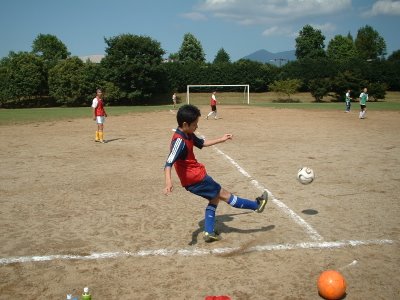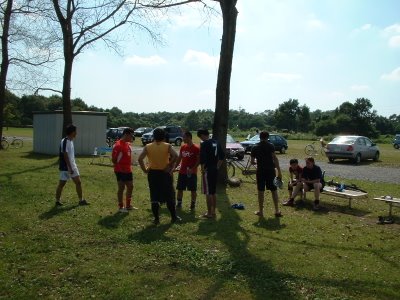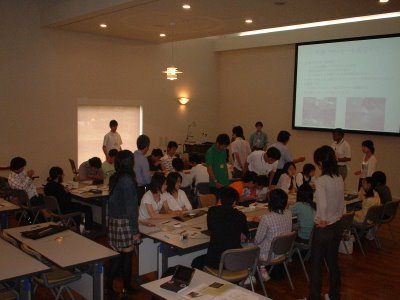Nobel Prize Speculation
The winners of the Nobel Prize in Physics will be announced a week from today, on Tuesday October 3. Peter Woit has a post about it, with people discussing their favourites it the comments. The leading contenders at the moment seem to be:
1) The COBE and WMAP teams, for their discovery of anisotropies in the cosmic microwave background, and
2) Michael Berry and Yakir Aharonov, for theoretical condensed matter physics.
Personally I’d like to see it go to Kobayashi and Maskawa for their theory of CP Violation. As of this summer the unitary triangle is looking very consistent, and their names have come up before, so it wouldn’t be too unexpected.
I should point out though that there is a fairly strong bias towards High Energy Physics and cosmology here. Over the last few years more than half of the Nobel Prizes have gone to condensed matter physics, and the prize could of course come from there this year as well. Look forward to seeing who wins.
1) The COBE and WMAP teams, for their discovery of anisotropies in the cosmic microwave background, and
2) Michael Berry and Yakir Aharonov, for theoretical condensed matter physics.
Personally I’d like to see it go to Kobayashi and Maskawa for their theory of CP Violation. As of this summer the unitary triangle is looking very consistent, and their names have come up before, so it wouldn’t be too unexpected.
I should point out though that there is a fairly strong bias towards High Energy Physics and cosmology here. Over the last few years more than half of the Nobel Prizes have gone to condensed matter physics, and the prize could of course come from there this year as well. Look forward to seeing who wins.




